By Anna Zisa
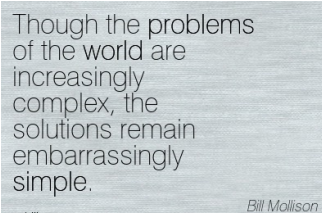
A Permaculture Design Course (PDC) is one of the best trainings for thinking in systems that I can think for the time invested. Thinking in systems, I am convinced, is an important societal building block towards a more sustainable future. Thinking in systems, or holistic thinking, helps restore a worldview where all parts are intricately interconnected and thus recognizes humans as being part of the whole, inseparable and totally dependant on nature. The disconnect we experience in modern society with our life-support systems has impaired our ability to link our actions with their consequences, or to relate our health with our environment. Living in predominantly human-made environments, makes us divorced from the sources of our own existence, unaware of some of the most basic survival skills such as growing food or identifying unhealthy ecosystems. Because Permaculture design emphasizes on functions and more so on the functions that can arise from interrelations, it trains our brain to think in connections with an intricate spatial and temporal dimension. Thinking in how things are connected, of flows of energy and matter, of outputs and inputs, really helps those who take a PDC sow an ecological mind that is much needed in our planet today.
In addition of changing what you think of, a PDC will change how you chose to think of things. Typically attracting people who are conscious and worried about the human-caused degradation of nature, a PDC presents itself as a magic journey to renovate one’s perception of reality. For me, taking a PDC was a transformation of my worldview, a bath of wonderment and a boost of positive energy. A PDC is an introduction to an array of possibilities that through careful and deliberate design turn problems into solutions. The conscious placing of elements, their intentional arrangement in space and their management over time so that beneficial interrelations and outcomes are permitted is truly the art of Permaculture design. This is very empowering for people taking a PDC, who through becoming designers, are metamorphosed into proactive stewards of their surroundings.
The aspect of sharing the experience that a PDC represents along other likeminded students is priceless. Being simultaneously exposed to all that a PDC entails can create long lasting friendships and limitless opportunities for cooperation.
In addition of changing what you think of, a PDC will change how you chose to think of things. Typically attracting people who are conscious and worried about the human-caused degradation of nature, a PDC presents itself as a magic journey to renovate one’s perception of reality. For me, taking a PDC was a transformation of my worldview, a bath of wonderment and a boost of positive energy. A PDC is an introduction to an array of possibilities that through careful and deliberate design turn problems into solutions. The conscious placing of elements, their intentional arrangement in space and their management over time so that beneficial interrelations and outcomes are permitted is truly the art of Permaculture design. This is very empowering for people taking a PDC, who through becoming designers, are metamorphosed into proactive stewards of their surroundings.
The aspect of sharing the experience that a PDC represents along other likeminded students is priceless. Being simultaneously exposed to all that a PDC entails can create long lasting friendships and limitless opportunities for cooperation.
After a PDC, I was not only more aware of ecological processes that enhanced my reverence for the land and had gained a positive outlook on humans’ role on earth by knowing the regenerative tools that exist out there, but I also had a new skill set ready to experiment and to be put into practice along with new friends.
If you are thirsty for a recipe for a sustainable lifestyle, a Permaculture Design Course will surprise you with much, much more than that…
If you are thirsty for a recipe for a sustainable lifestyle, a Permaculture Design Course will surprise you with much, much more than that…

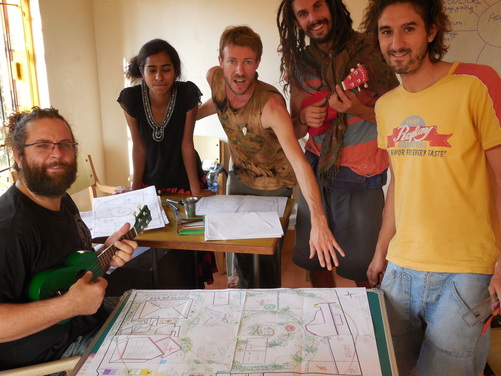
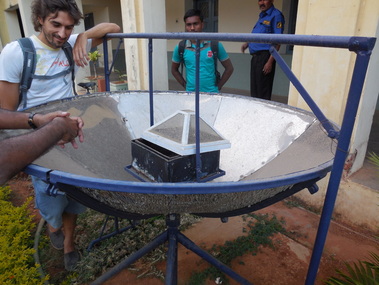
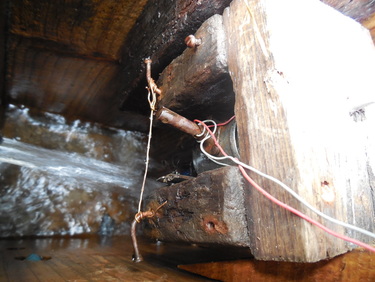
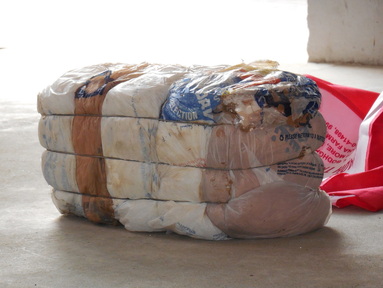
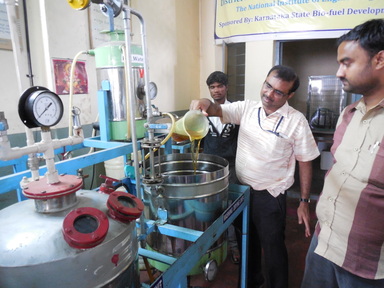
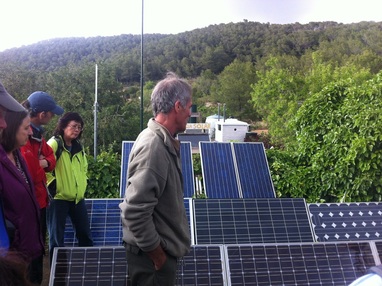
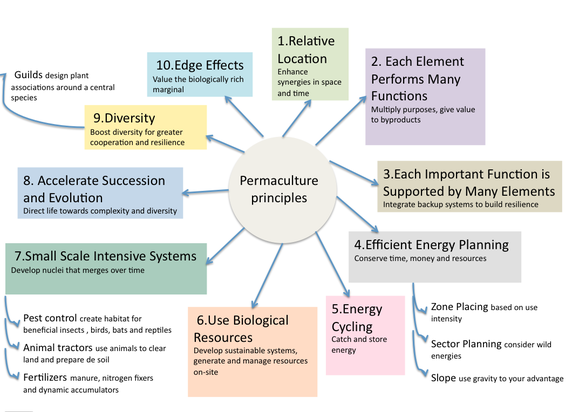
 RSS Feed
RSS Feed
